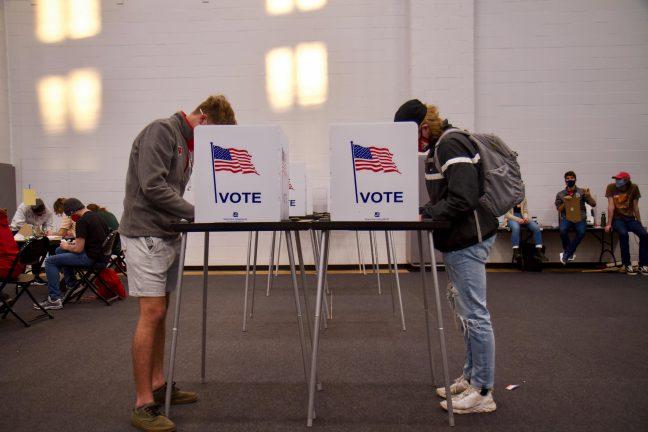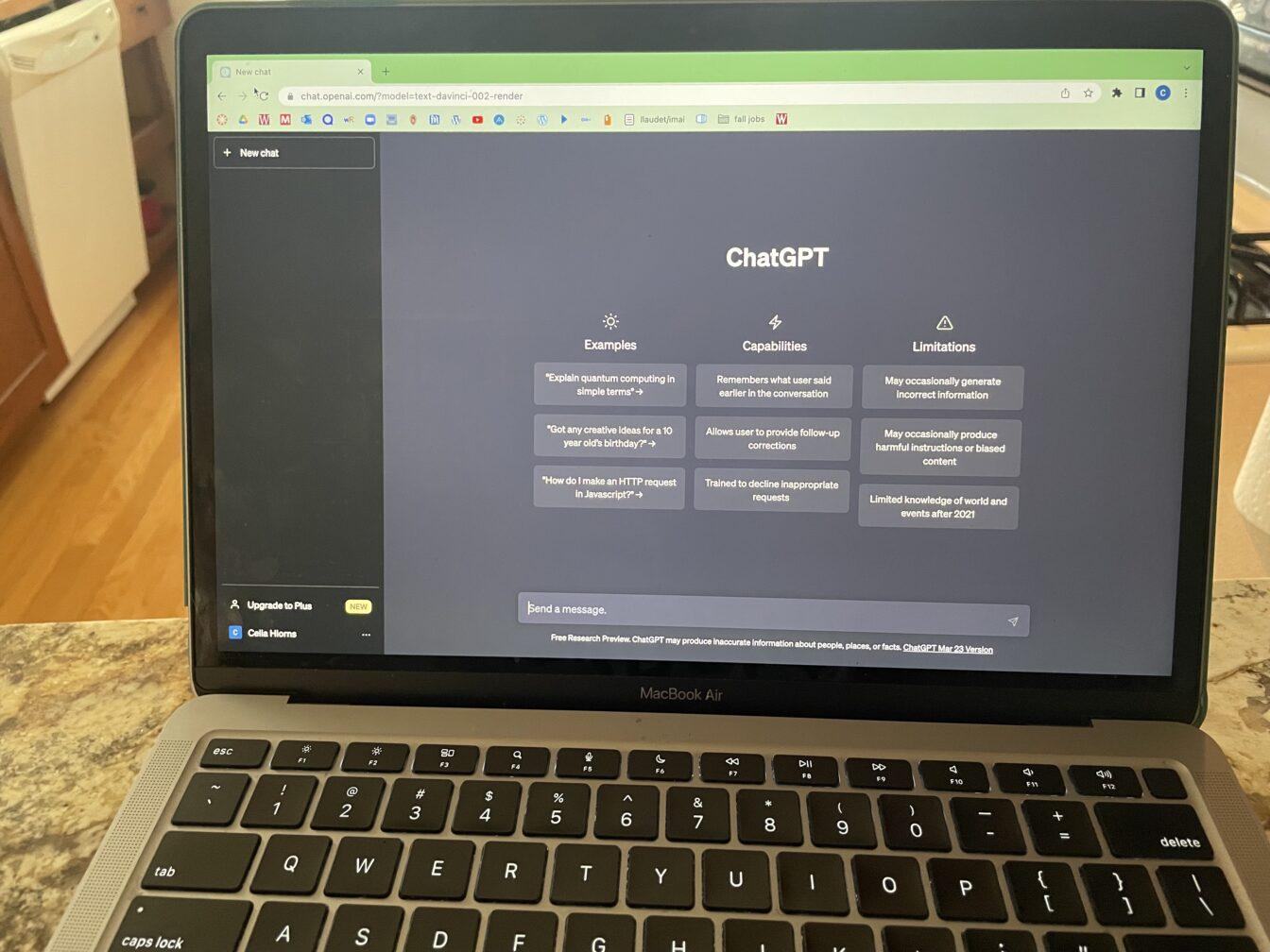Even though advanced classes, like those offered by the Course Options program, may help Wisconsin high school students prepare for the academic rigor of college, Gov. Scott Walker’s budget cuts could limit the availability of this program to students across the state.
I’m not going to sugarcoat it – high school will never be able to truly prepare a student for life in college. The combined fact that academics are at an entirely higher caliber and that each person is on their own for the first time guarantees college will always be a strange new world to an incoming freshman.
However, when it comes to the academic side of college, these advanced classes taken before graduating high school can give students a glimpse of the future pressures and responsibilities found in collegiate level courses. Taking classes like these in high school allows students an easier transition into college academics during their freshman year. One of these options for these advanced high school classes is the Course Options dual enrollment program in which Wisconsin school districts partner with local colleges in the UW System to offer classes with college credits to high school students.
Much to my personal benefit, my high school offered this Course Options program almost entirely in place of the more popular AP program, where students must earn a high enough score on a standardized test at the end of the course to earn college credits for the class. While this AP program is cheaper than the Course Options program, students can have a harder time earning college credits because credit is based solely on the results of one test. Furthermore, while the tests themselves are standardized, the teachers responsible for preparing students for the test are not. One bad teacher can be the cause of an entire class’ failure to earn the college credit they worked so hard for.
On the other hand, the Course Options program bases the ability to earn college credit on the student’s performance in the class itself, not just one standardized test. These classes are taught according to the partnering college’s curriculum, allowing for better preparation for future college classes. Along with that, the teachers are also responsible for writing and grading the tests and assignments that determine the final grades for the class. This allows for the program to be individualized to suit each student’s specific circumstances, and gives the student a better chance to earn college credits before graduating high school.
That being said, Walker’s recent budget plan — resulting in the UW System cutting funding for the Course Options program — leaves funding solely to school districts, and soon entirely on the students and their parents. Not only could these cuts lead to some districts abandoning it completely, but this could also leave students who come from poorer families unable to participate. Students in this situation should be able to apply for some sort of financial aid from the college partnered with their current school district, because enrollment in classes also includes enrollment in the college itself. So if the student is technically part of the university, they should be able to receive similar financial support as full-time students enrolled at the same university. This would allow for all students, no matter their background, to have the opportunity to partake in this essential program and greatly increase the ease of their transition into life as a full-time college student.
It’s pretty clear that a high school student’s only hope of preparing for a college education are the advanced classes in which they can earn college credits while still in high school. Even with Walker’s cuts, the UW System should place more value on the programs that benefit students looking to further their education after high school. Ultimately, steps should be taken to make this program readily available to all high school students because these classes are the most important part of college preparation.
Phillip Michaelson (pmichaelson














